New Program Works to Improve the Mental Health of Students
Sources of Strength uses peer educators to help the student body understand their strengths and how to lean on them during times of struggle.
March 21, 2023
Have you ever felt that you don’t fit in with the rest in your surroundings? Or feel that you don’t have anybody’s support when experiencing a bad day? Sources of Strength is a new program at GCHS with hopes to provide emotional support for students, while also making everyone feel welcome.
Sources of Strength is a national suicide prevention program that involves peer leaders to plan activities designed to reduce suicide attempts amongst teens. It does this by educating individuals on various aspects of mental health.
The program focuses on helping students understand different areas of life that help maintain positive mental health. Sources of Strength refers to these areas as protective factors. These factors include mental health, family support, positive friendships, trusted adult mentors, healthy activities, generosity, spirituality, and access to medical care. The program uses a wheel to help students visually see that all factors are linked, and it helps them understand that if they are struggling in one area, they could leave more heavily on an area that is a strength during a tough time. I see kids all the time who have low self-esteem; they don’t realize what their gifts are. They don’t realize their talent. So our goal is to help them identify their strings of resiliency. — Cheri Risher, Sources of Strength coordinator
Understanding strengths helps individuals see how resilient they can be. Cheri Risher is GCHS’s school social worker and is the Sources of Strength advisor. Risher added, “I see kids all the time who have low self-esteem; they don’t realize what their gifts are. They don’t realize their talent. So our goal is to help them identify their strings of resiliency.”
Another component of the program is to host campaigns designed to educate students about different topics. The first campaign was called Trusted Adult. This campaign’s goal was to help students realize that they’re never alone; there is always somebody that they can turn to when they’re struggling.
Risher has been chosen as a trusted adult for many students, and finds comfort in being one. “Even if kids are just having a bad day they can come talk to me. This helps kids understand who the people are that they can go to talk to.”
It’s not just adults that see the value in having someone to trust. Junior Piper McGuffey said, ”I feel that having a trusted adult at school makes school a better place to be. With a trusted adult around, I know that I have a place to safely go to for advice or ask questions.”
Another campaign is Diversity and Inclusion. This campaign was a week of awareness that highlighted ways that students could be diverse, ranging from physical abilities and appearances to talents and strengths. The peer leaders issued a Pledge to Include for students to sign to encourage them to embrace differences.
In a school the size of GCHS, it’s important for students to come together and form a community despite differences that they may have. Risher said, “We want everyone to feel included, so we’ve got the pledge out there to put the issue in front of students.”
Another way that Sources of Strength encouraged diversity was through a guest speaker, Devine Carama. He is an Emmy winning Hip Hop artist who is now a community activist. Carama’s message not only encouraged acceptance of all, but it promoted having the confidence to make tough choices. His message focused on what he calls the 4 Bs: Be yourself, Believe in something, Be brave and Be Balanced.
Students feel that discussing diversity in school is worthwhile. Senior Maria Calderon said, “I feel that Sources of Strength is showing more diversity in the school by having different events or segments that represent diversity,” she added. “For example, students produced the black history announcement segments during the month of February. I feel like things like this show off and make people aware of different cultures.”
Mental Health awareness is an upcoming campaign for this school year. This campaign is going to emphasize the positive parts of our mental health. Individuals often think of the negative aspects of mental health. Lots of people share with Risher that they are depressed, anxious or struggling. The goal of the awareness campaign is to help people improve their mental health.
Risher added, “What we want to do is focus on what we can do to have positive mental health. For example, what are some of the coping strategies that you might use? What are some of the things that you do to have a positive mental outlook every day when you come to school, We want to focus on the strength that we have to deal with mental health.”
Several peer leaders from sources of strength enjoy what they’re doing and in seeing students for who they are. Junior peer leader Kassandra Marquez said, “I enjoy helping people and getting to learn more about people and what they go through. I also like that we include more people at this school.”


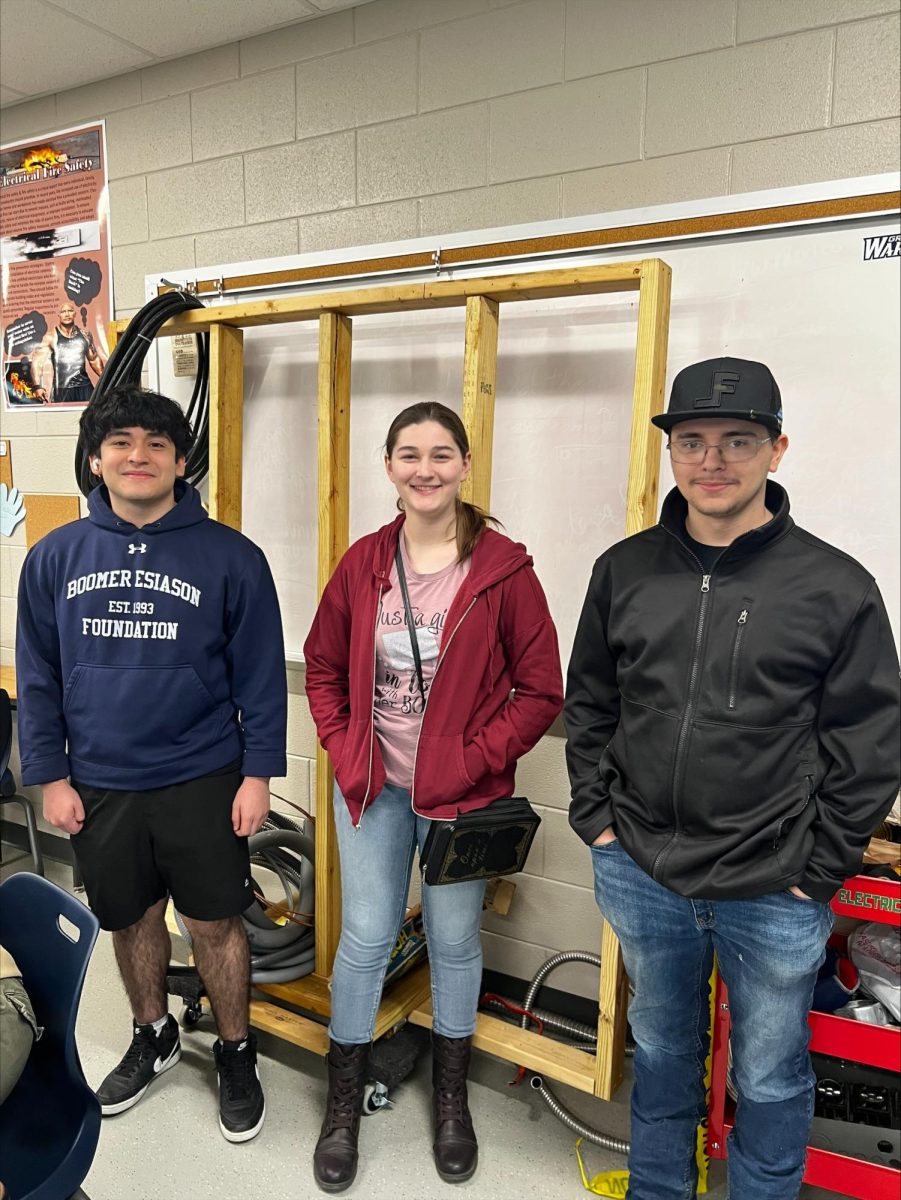
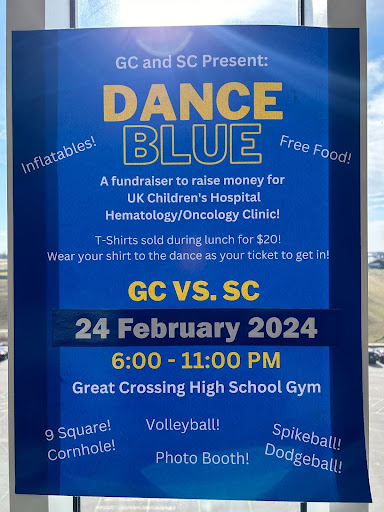
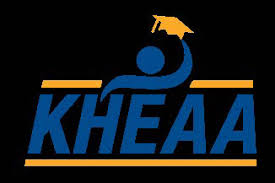
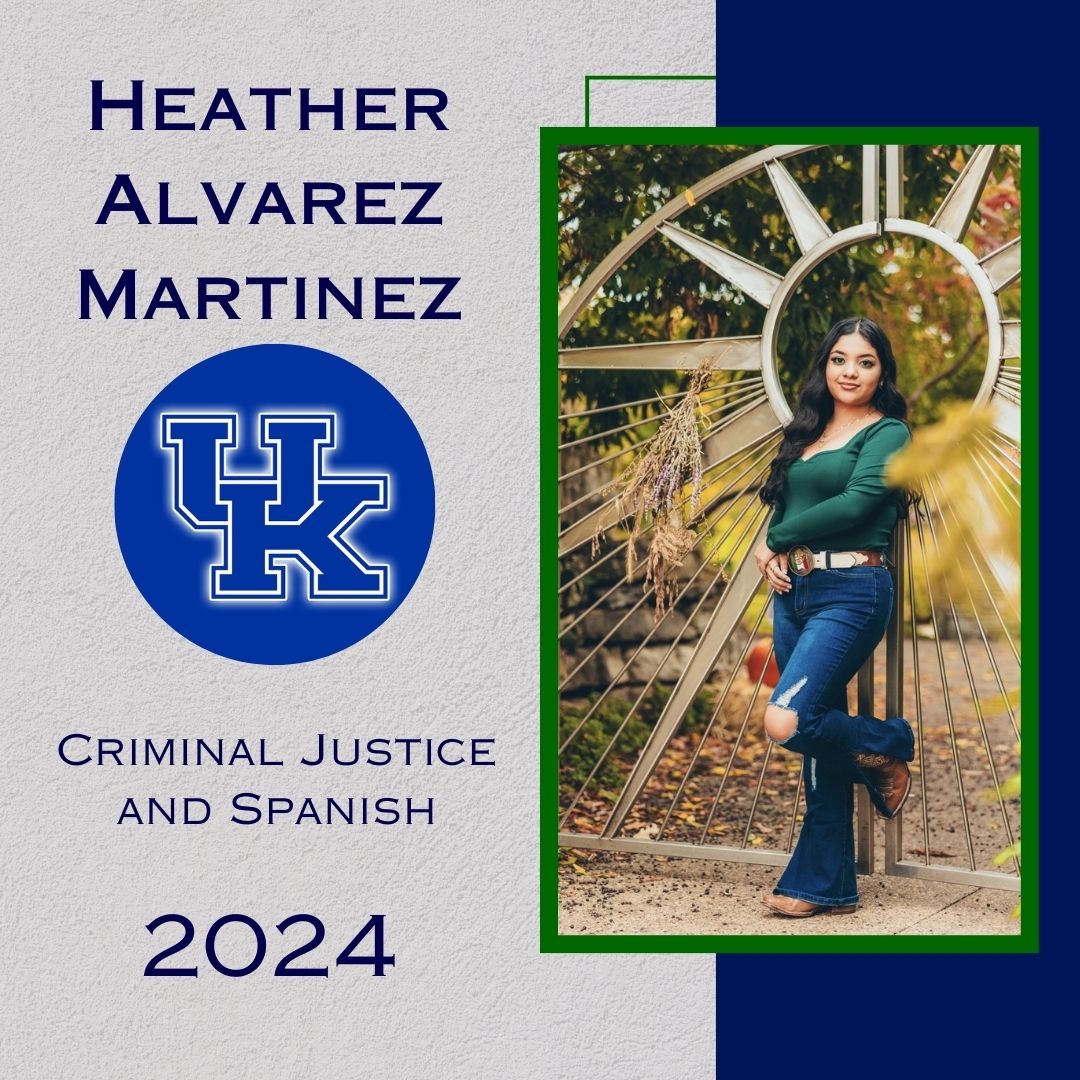

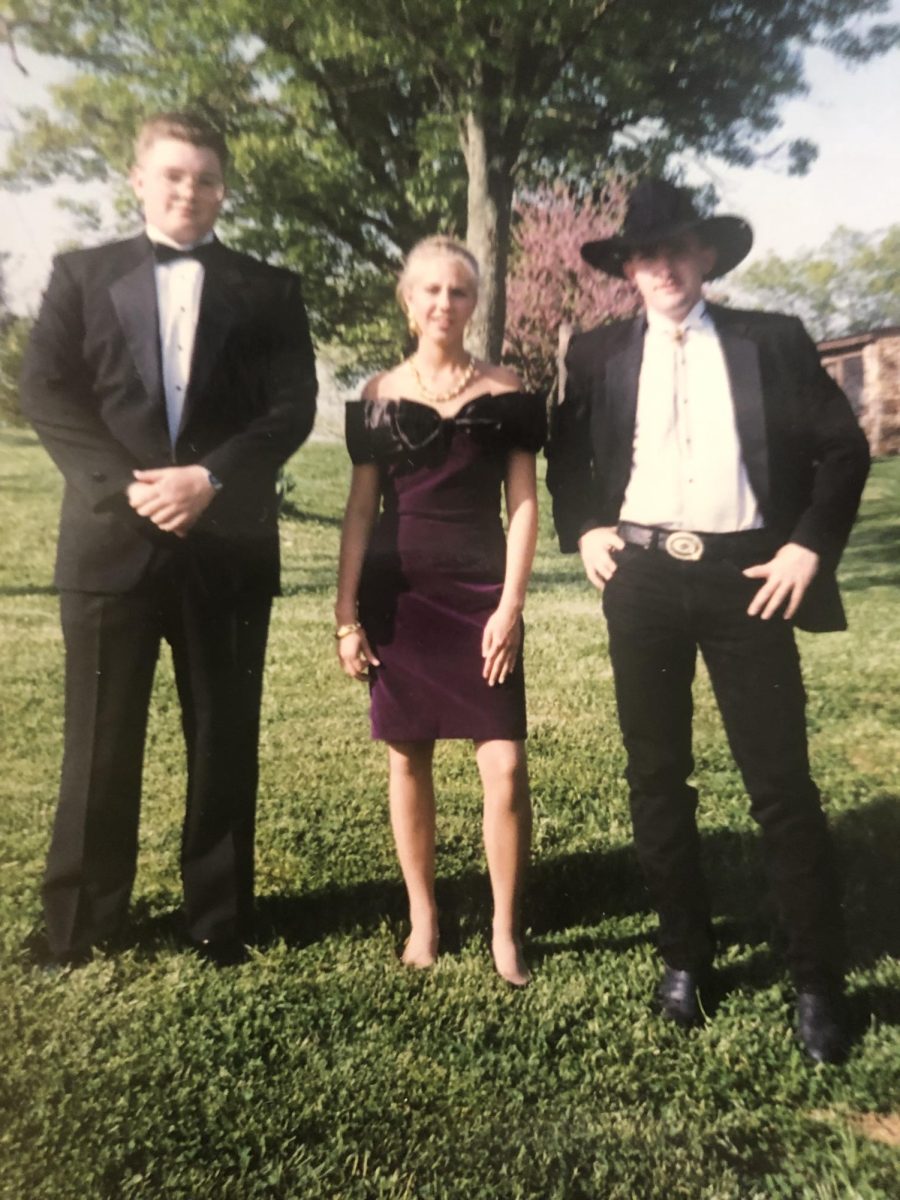


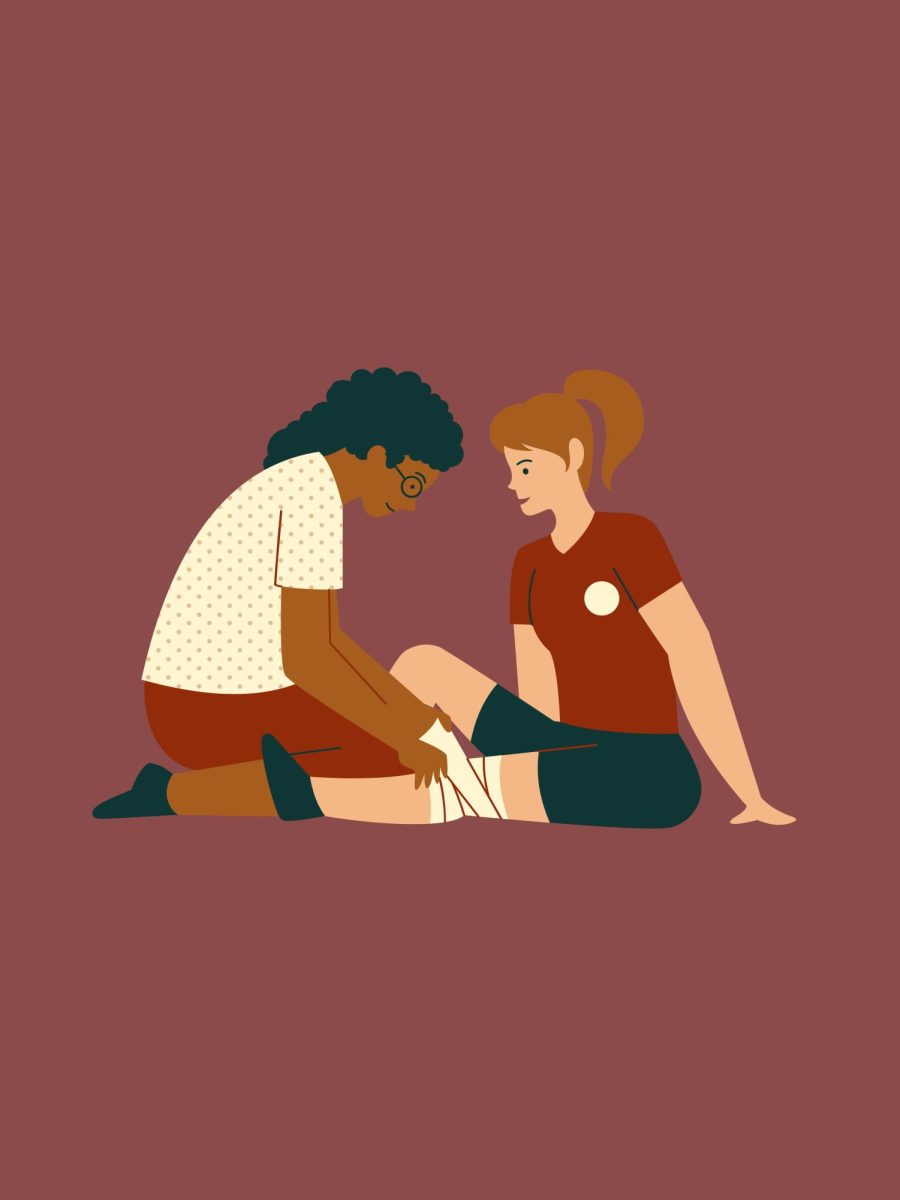
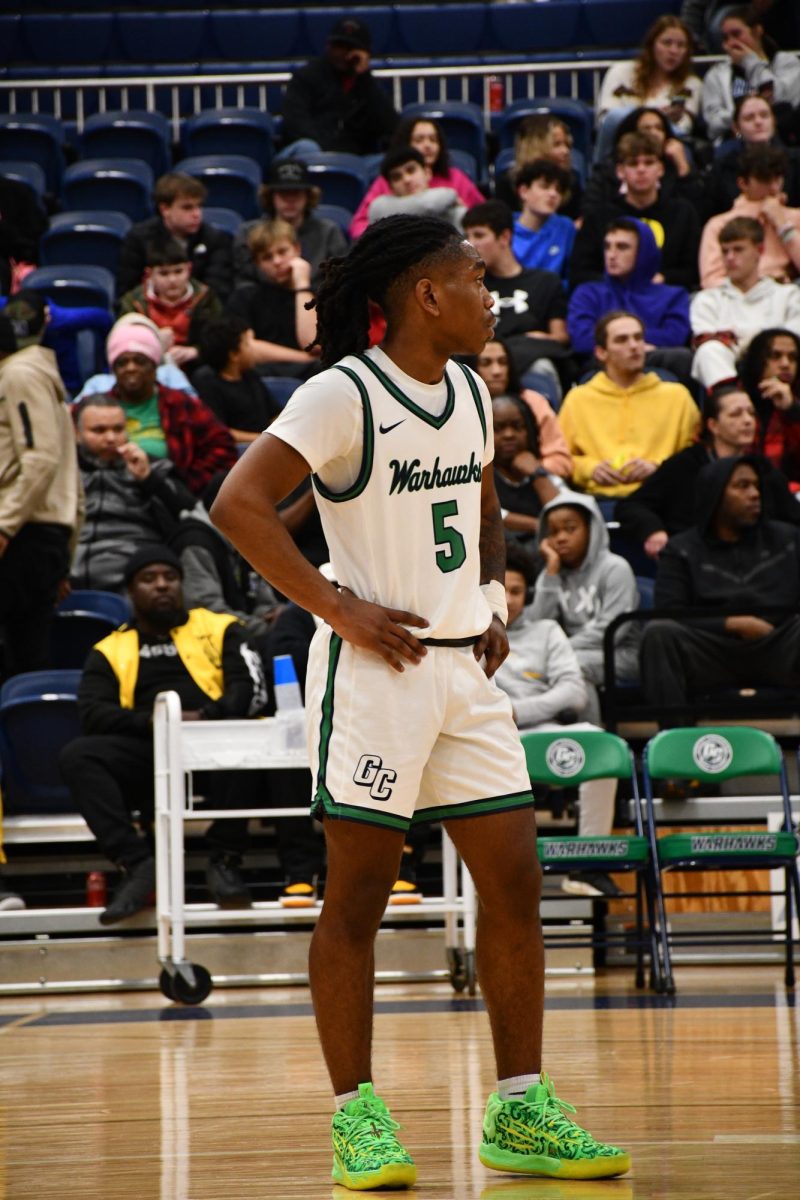
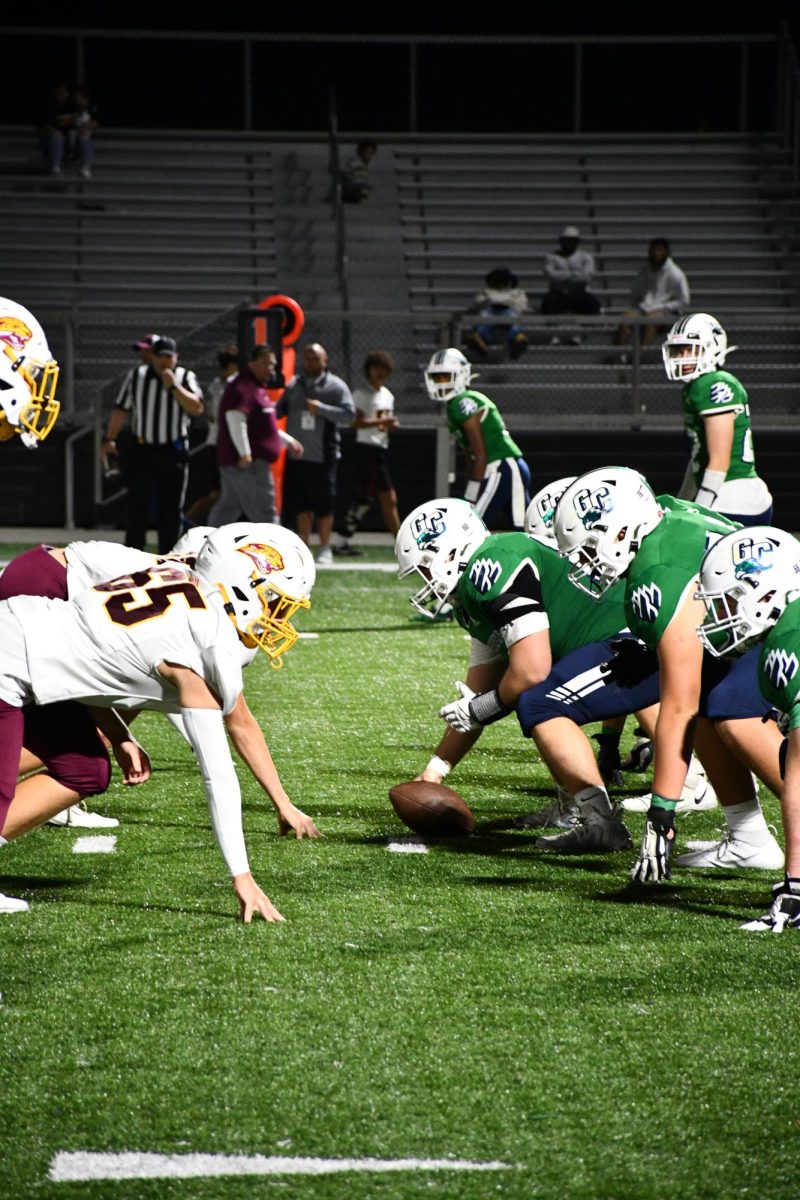
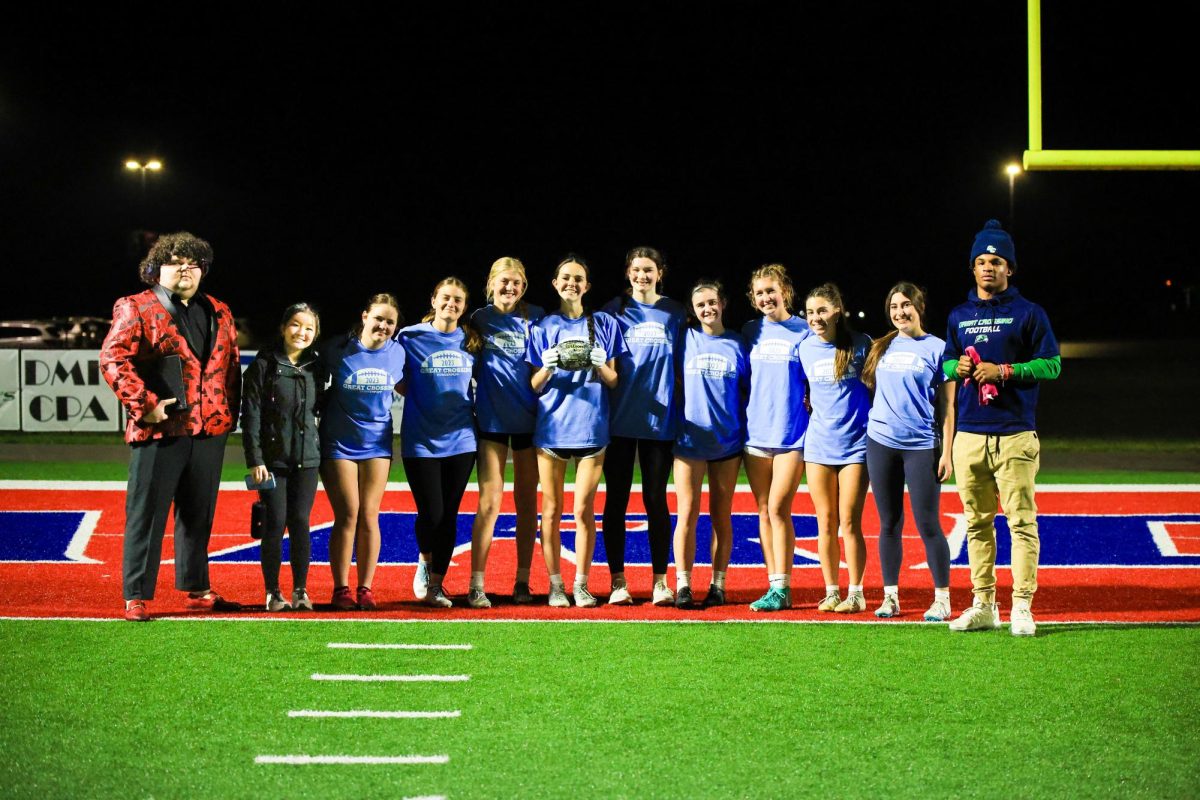
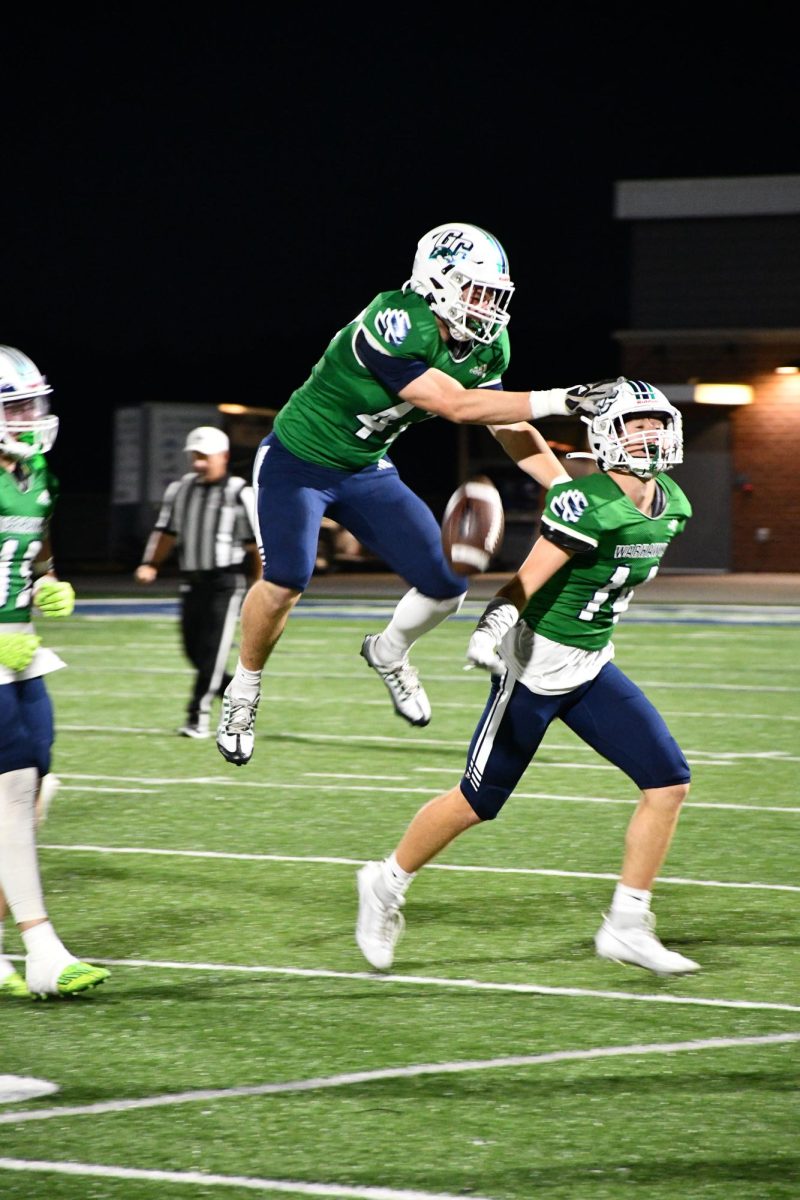
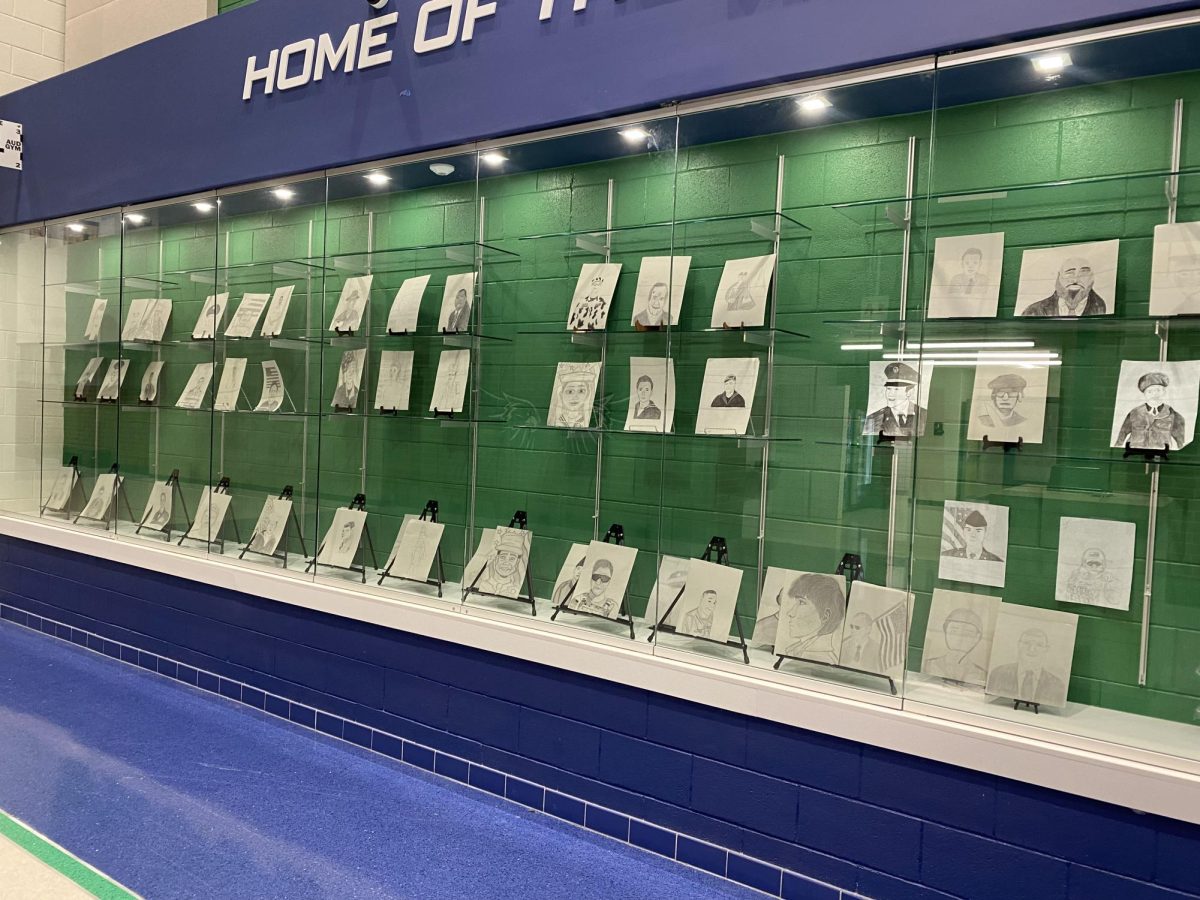

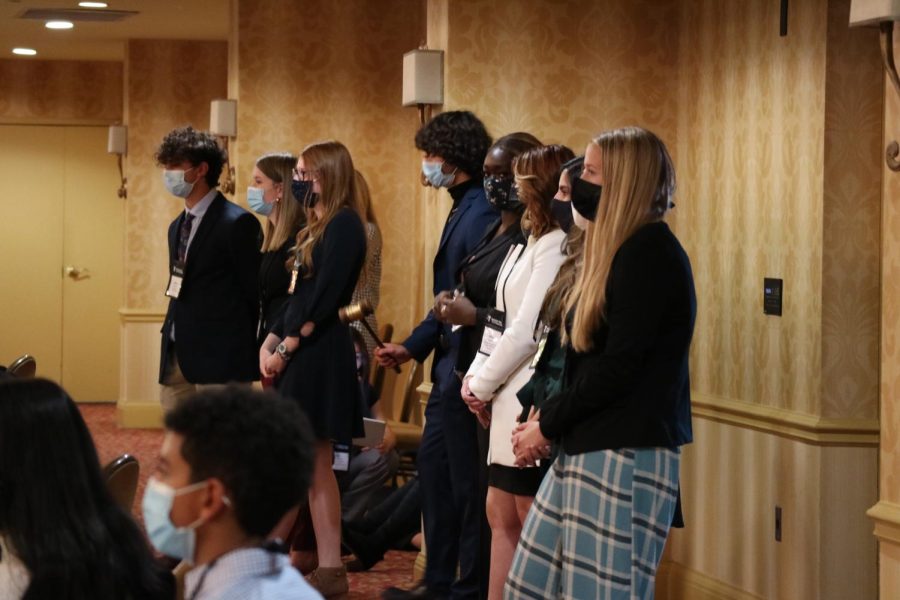

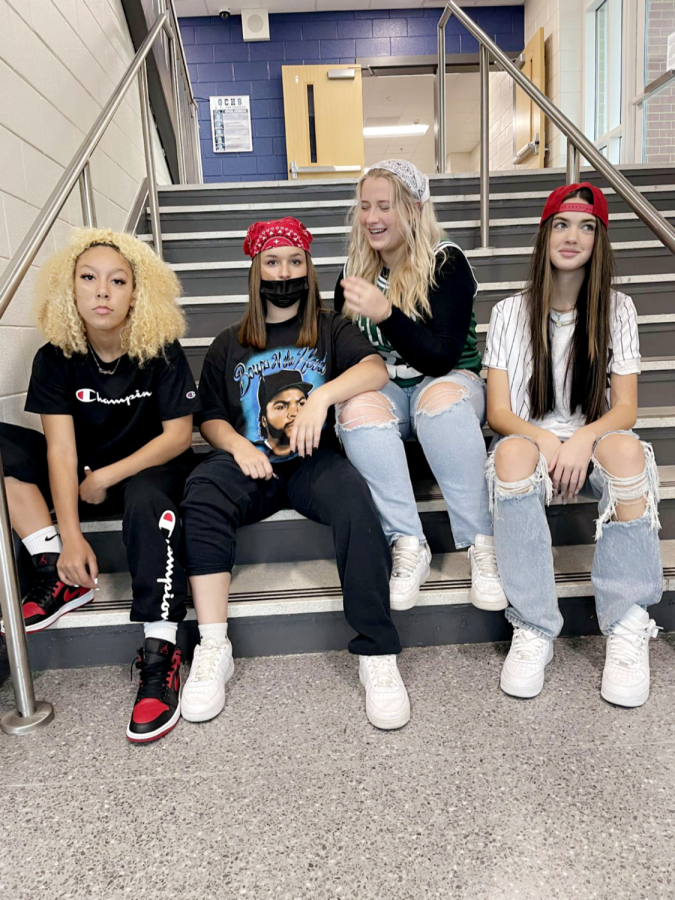



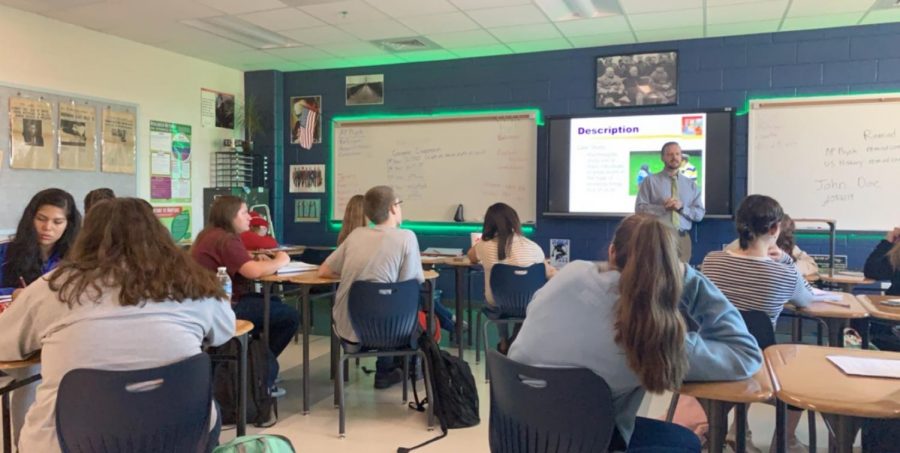



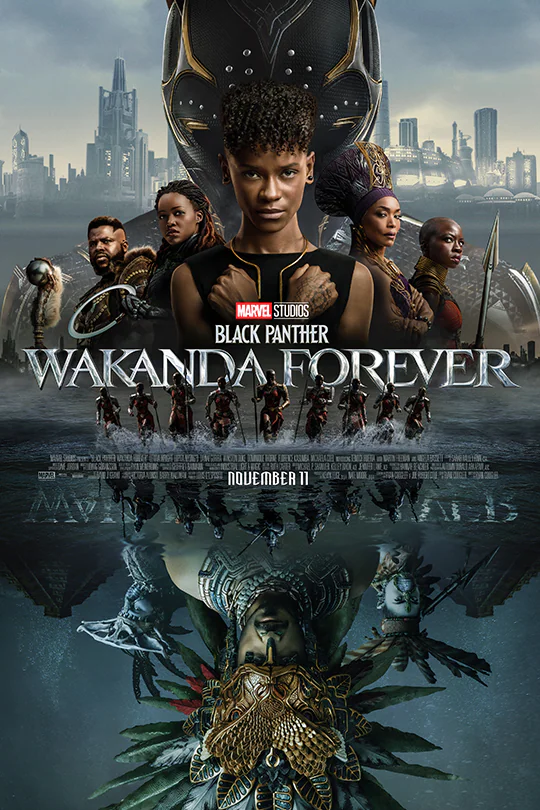

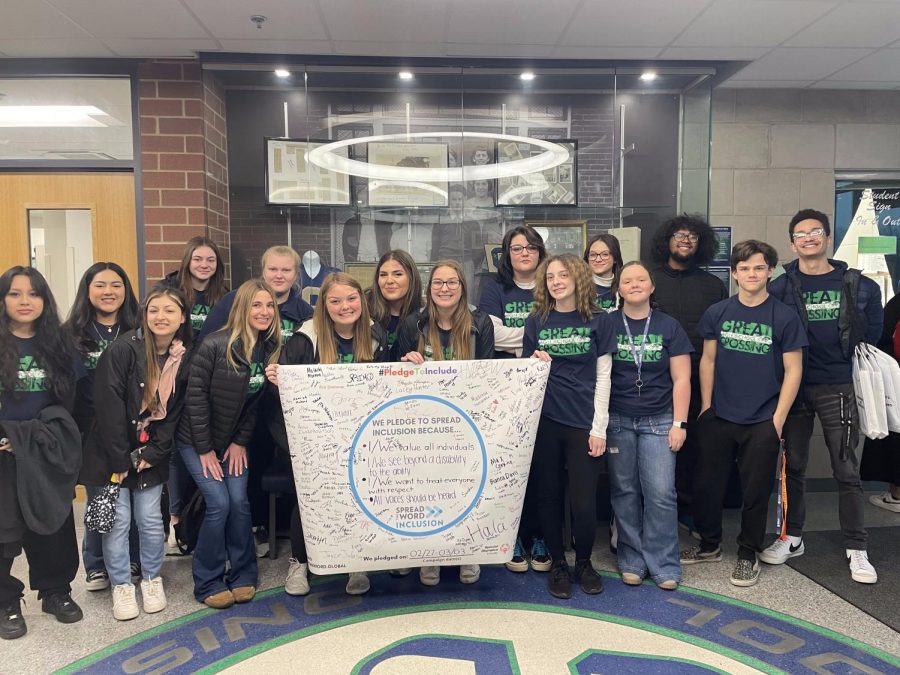
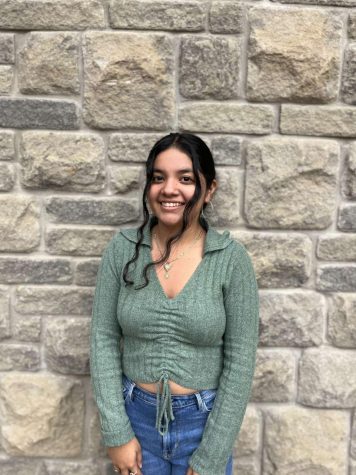
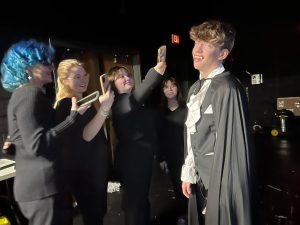
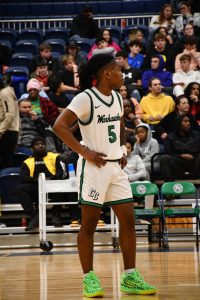

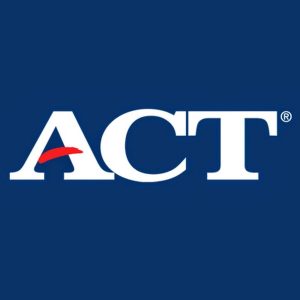



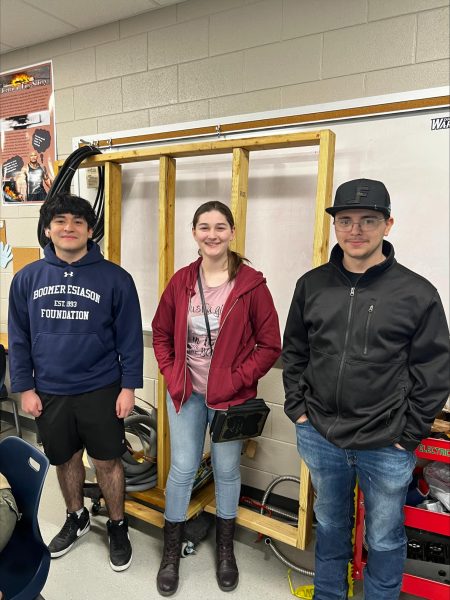
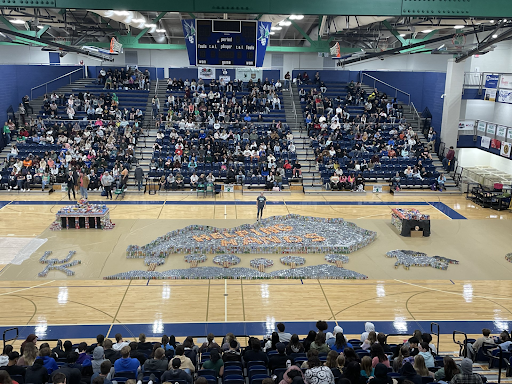
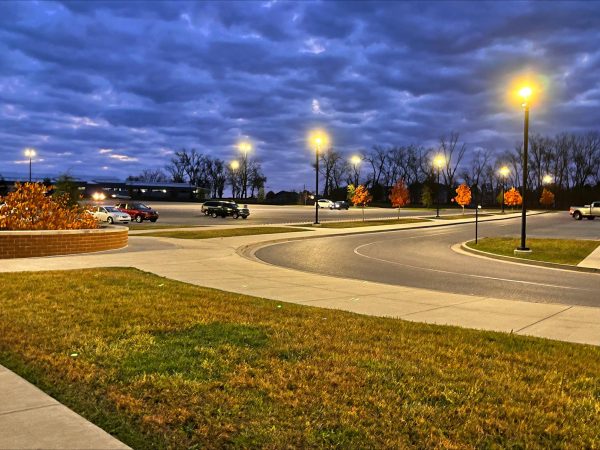
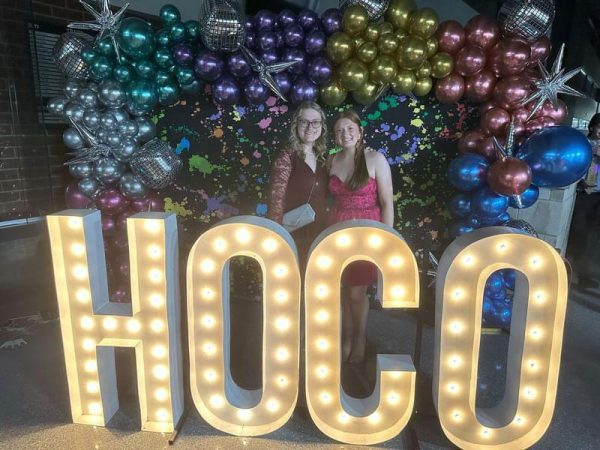

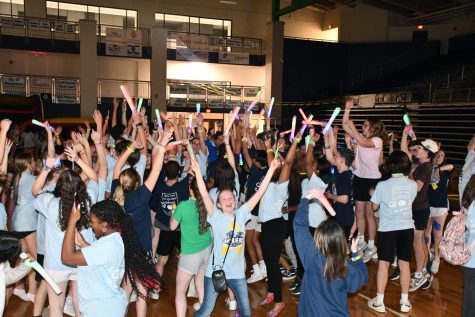
Ambria Roberts • Mar 21, 2023 at 11:00 am
Well-written article full of good information. Thank you for enlightening the campus on this program. I look forward to reading about the Mental Health Awareness campaign and the coping strategies promoted. Keep up the great work!